Get Started with Korean Language
Why Learn Korean?
Korean is becoming a popular language to learn due to the global influence of South Korean culture. Whether you are a fan of K-pop, K-dramas, or Korean cuisine, learning the language can deepen your appreciation and enhance your experiences.

Moreover, Korea is a leading country in technology, entertainment, and business, making Korean a valuable language for career opportunities.
Set Realistic Learning Goals

For example, start with a simple goal like “I will learn to read and write the Korean alphabet (Hangul) in 5 days,” and then “I’ll learn 20 essential vocabulary words related to food this week.”
Study Schedule for Beginners
To make steady progress in learning Korean for beginners, consistency is key. A study schedule that’s easy to maintain will keep you on track without burning out. Begin by studying for 15-30 minutes a day and gradually increase the time as you become more comfortable.

For example, you can set up you own manageable study schedule as below:
| Time | Activity |
| Monday | Learn 10 new Korean words and phrases. |
| Tuesday | Study the Korean alphabet (Hangul) and practice writing. |
| Wednesday | Watch a short Korean drama clip with subtitles and try to pick out the words you learned. |
| Thursday | Review vocabulary and grammar from earlier in the week. |
| Friday | Practice speaking by recording yourself saying simple phrases. |
Master the Korean Alphabet (Hangul)
Another crucial part on how to learn Korean for beginners is mastering Hangul – the Korean writing system. Unlike Romanized Korean, Hangul is phonetic and simple to learn, making it easier to read and pronounce words correctly.
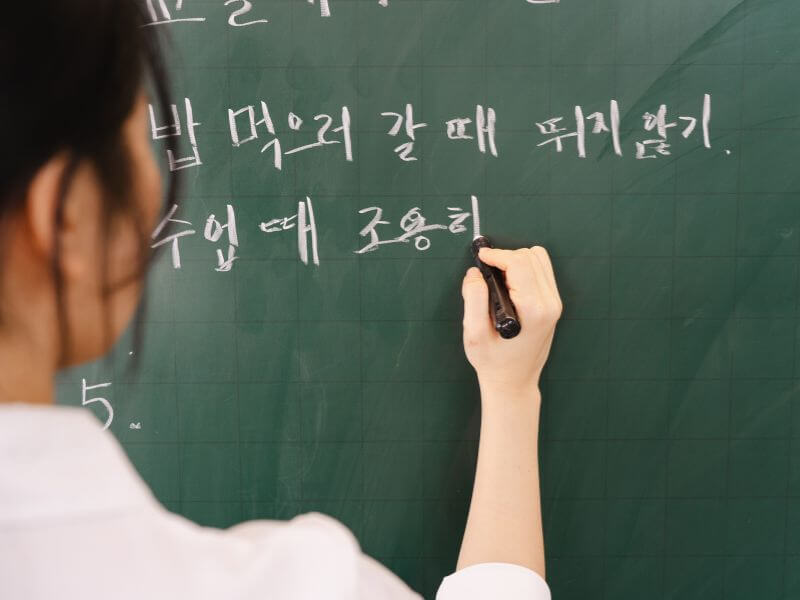
Getting hold of Hangul is the foundation of how to learn Korean alphabet for beginners, set you up for success in reading, writing, and speaking Korean with confidence!
Understand Basic Consonants
One of the first steps to learn Korean for beginners is understanding basic consonants in Hangul. The Korean alphabet consists of 14 basic consonants, each with unique sounds that form the foundation of the language.
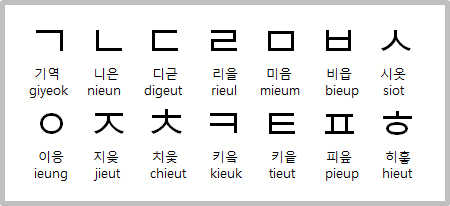
For example, the Korean word for “dog” is “개” (gae). It is made up of the consonant “ㄱ” (g) and the vowel “ㅏ” (a). By recognizing the consonant “ㄱ” and the vowel “ㅏ,” you’ll be able to read and pronounce the word correctly.
Learn Essential Vowels
A key step in beginner learn Korean is mastering essential vowels in Hangul. The Korean alphabet has 10 basic vowels, which are combined with consonants to form words.
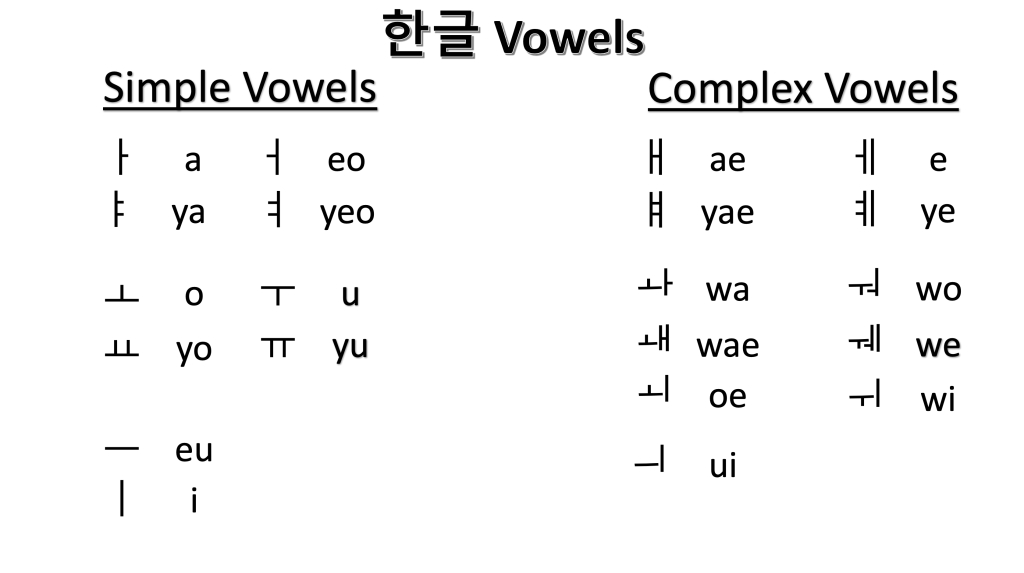
For example, the vowel “ㅏ” (a) is pronounced like the “a” in “father.” When combined with the consonant “ㄱ” (g), it forms “가” (ga).
Combine Letters to Form Syllables
One of the fundamental steps in learning Korean for beginner is understanding how to combine consonants and vowels to form syllables. Unlike English, Korean syllables are structured in a block format, making it essential to learn proper combinations.
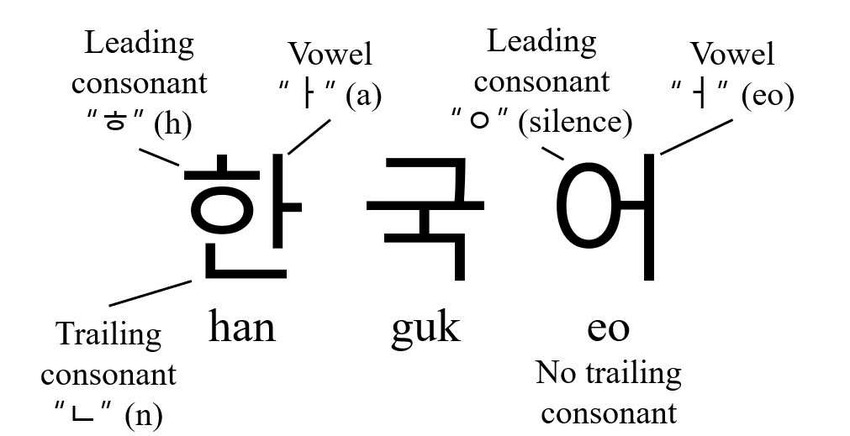
For example, the word “가” (ga) is combined with the consonant “ㄱ” and the vowel “ㅏ”, forming a single syllable. Similarly, “기” (gi) combines “ㄱ” and “ㅣ” (i).
Practice Hangul Writing System
Another essential step in how to learn Korean for beginners is practicing the Hangul writing system. Fortunately, Hangul is designed with simple strokes and logical patterns, making it easy to learn and write.
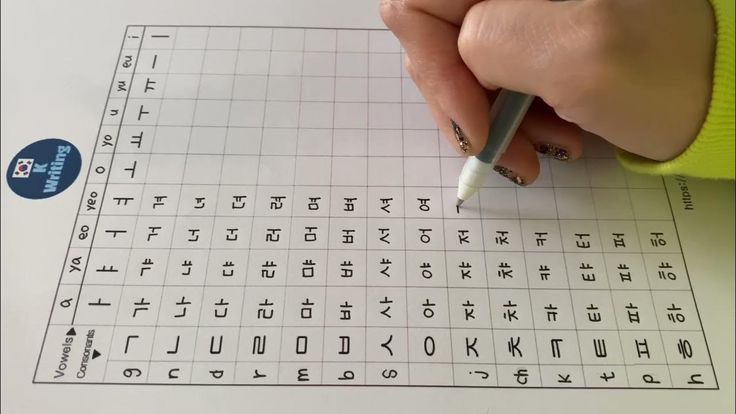
You can use practice worksheets or language learning apps that allow you to trace Hangul characters. It is recommended to write the letters by hand, since it helps you to be more familiar with the script.
Essential Korean Grammar Basics
Understanding grammar is essential for structuring sentences in learn Korean for beginner. Here are some basic grammar concept to help you build a solid foundation in Korean grammar.
Basic Sentence Structures
When learning basic sentence structure in Korean, it’s essential to understand the unique grammar rules that shape Korean sentences, which goes beyond just the sentence order.
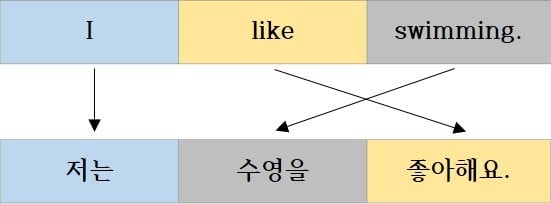
Learning particles, topic-comment structure, politeness levels, and negation will help you form more natural sentences. Keep practicing with spoken exercises, writing drills, and apps like GuruLango to strengthen your grammar skills!
Subject-Object-Verb Order
One of the most important grammar concepts in learn Korean for beginners is understanding the Subject-Object-Verb (SOV) sentence structure. Unlike English, Korean places the verb at the end of the sentence.
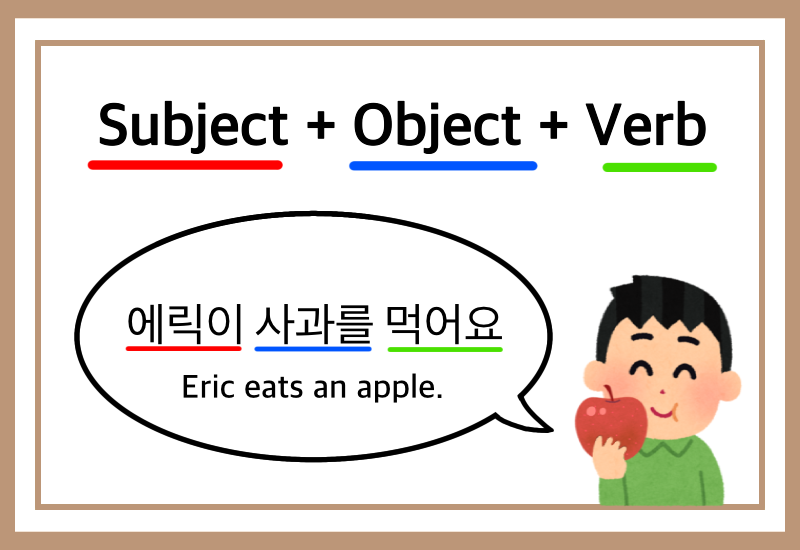
For example, “I eat kimchi” in English would be “나는 김치를 먹어요” (Na-neun kimchi-reul meogeoyo) in Korean, literally translating to “I kimchi eat.”
Common Particles for Beginners
When you learn Korean for beginners, understanding particles is essential. Particles are small words attached to nouns or pronouns to indicate their role in a sentence. They help clarify whether a word is the subject, object, topic, or possessive.
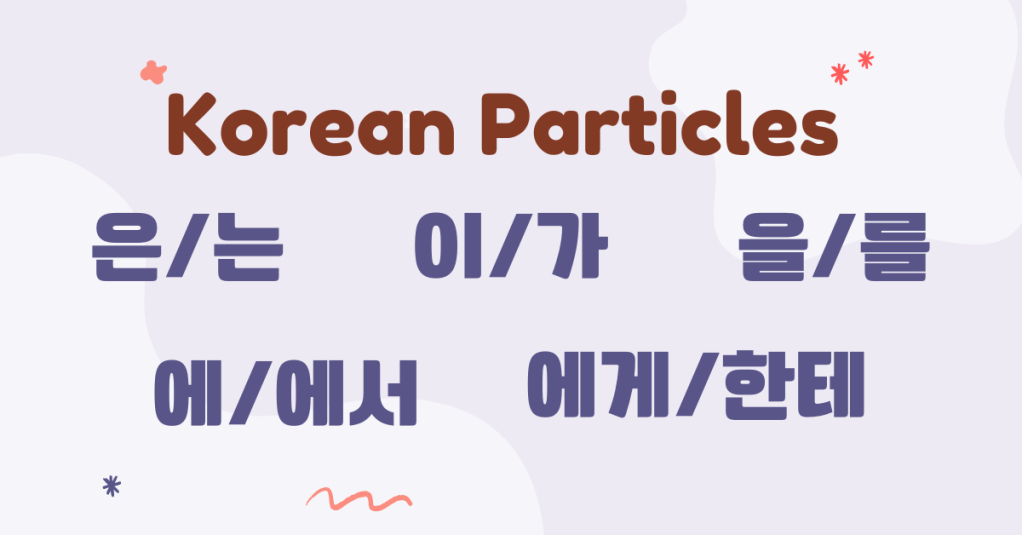
For example, “이/가” are subject markers, and “을/를” are object markers. For beginners, it’s important to recognize and learn the use of these particles to form grammatically correct sentences.
Essential Vocabulary
Building a strong vocabulary foundation is essential to learn Korean for beginners. Start with common, practical words such as greetings (안녕하세요 – Hello), numbers (하나 – one), days of the week (월요일 – Monday), or family terms (어머니 – mother).

It is recommended to learn Korean vocabulary by categorized topics to make studying more efficient. A platform like GuruLango provides structured vocabulary lessons, helping learners master words related to food, travel, shopping, emotions, and more.
Building a Strong Vocabulary Foundation
A solid vocabulary is essential for mastering Korean. To learn Korean for beginners, apply these following strategies:
Learn Korean Phrases for Beginners
Getting hold of essential phrases is a key step for those starting their journey to beginner learn Korean. Learning basic expressions allows you to engage in simple conversations, making interactions with native speakers smoother and more enjoyable.
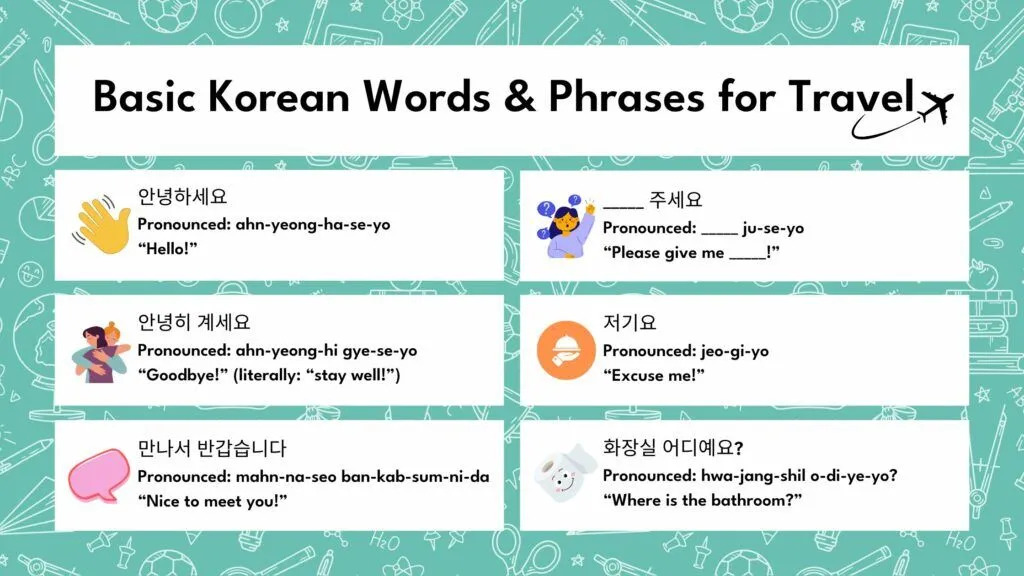
Start by learning phrases like “감사합니다” (Gamsahamnida – Thank you), “죄송합니다” (Joesonghamnida – I’m sorry), and “얼마에요?” (Eolmaeyo? – How much is this?).
Use Vocabulary Learning Tools
One of the best ways to learn Korean for beginners is by using diverse learning methods such as flashcards, quizzes, games, and online platforms. The key to effective learning is combining these methods for better engagement and retention.
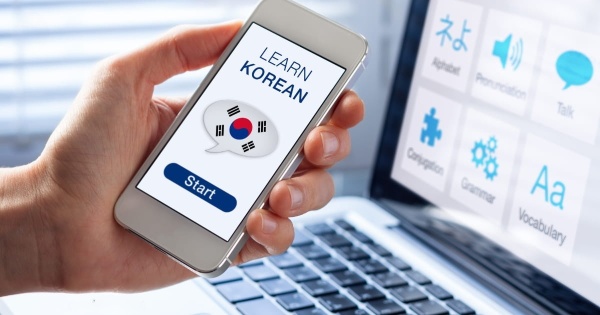
Enhance Listening and Speaking Skills
Engaging with Korean media and practicing pronunciation will enhance your listening and speaking skills, enabling you to converse confidently in Korean.
Engage with Korean Media

One of the best ways to improve your listening and speaking skills is by immersing yourself in Korean media. Watching K-dramas or listening to K-pop allows you to hear the language in a natural setting.
Practice Pronunciation
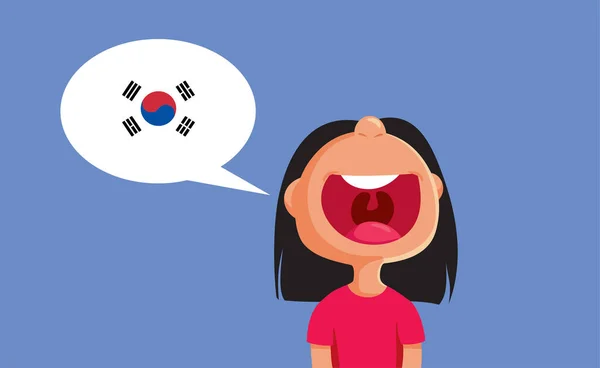
Pronunciation can be tricky to learn Korean for beginners. Focus on mimicking the sounds of native speakers and practicing tongue placement for certain sounds that don’t exist in your native language.
Join Language Learning Communities

Being part of a language-learning community can provide additional support and motivation. Whether online or in-person, language exchange programs allow you to practice speaking with native speakers or other learners.
Conclusion
By following this roadmap, you’re well on your way to mastering Korean! To learn Korean for beginners, focus on learning Hangul, building vocabulary, understanding basic grammar, and practicing speaking and listening skills regularly. With the right resources, such as GuruLango, and a solid study plan, you’ll make great strides in your Korean learning journey.